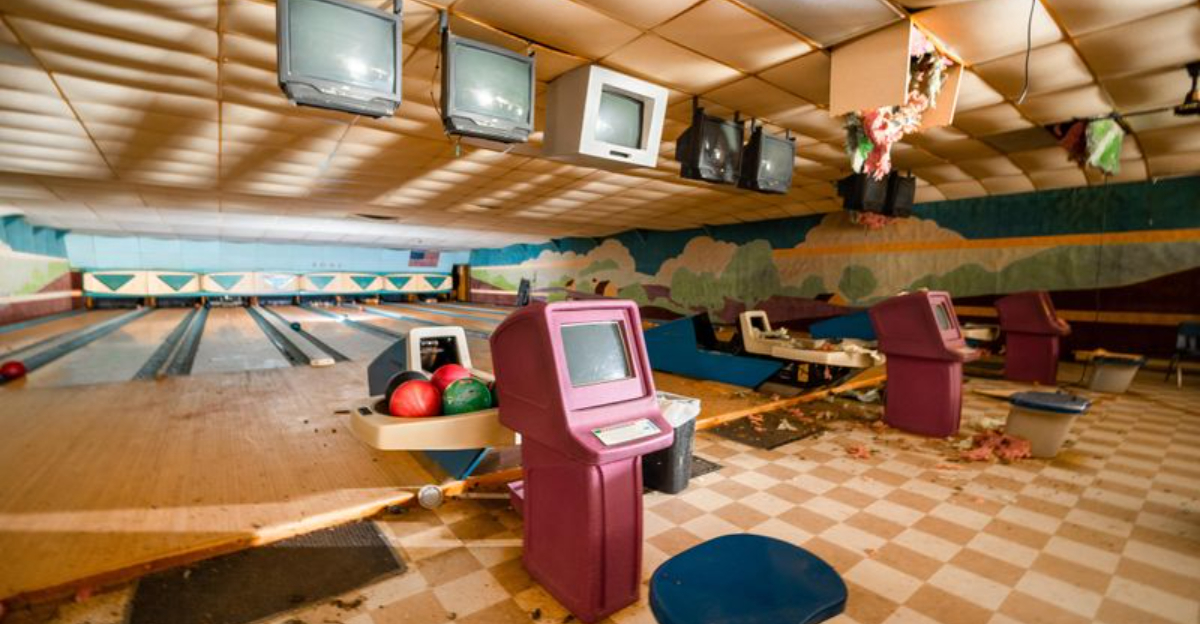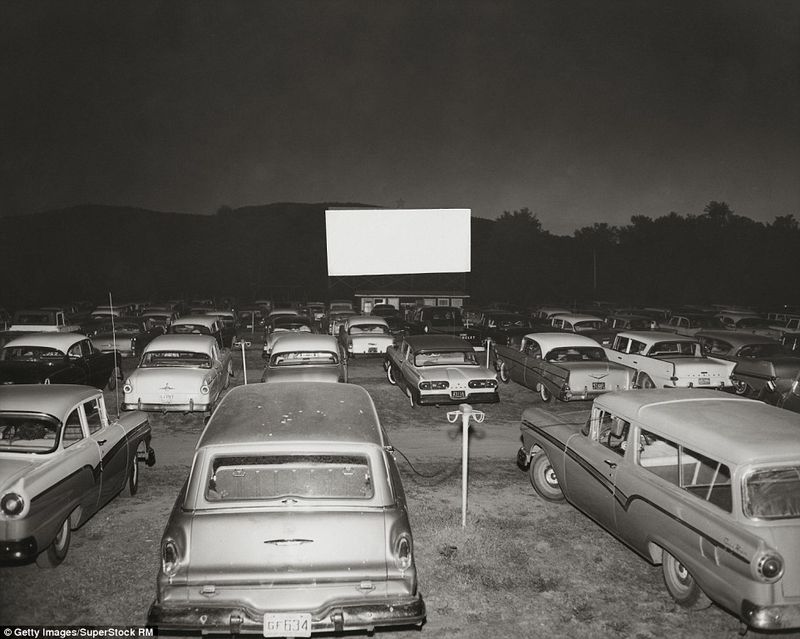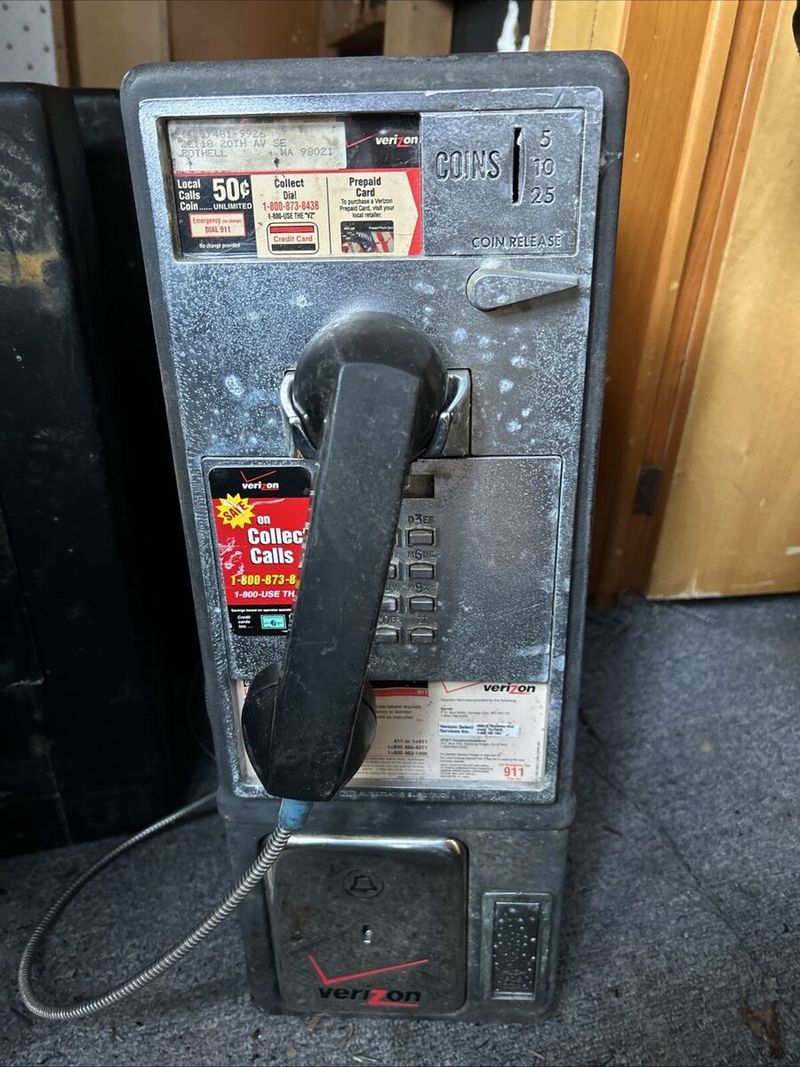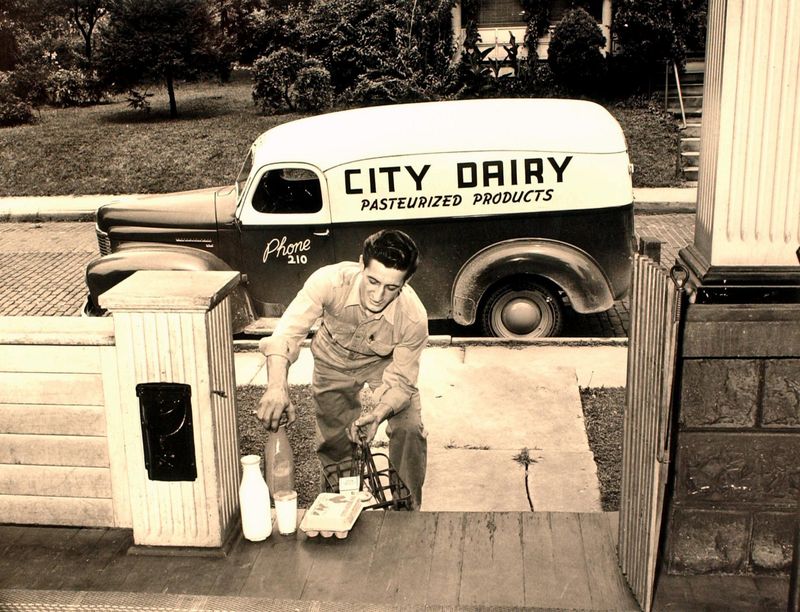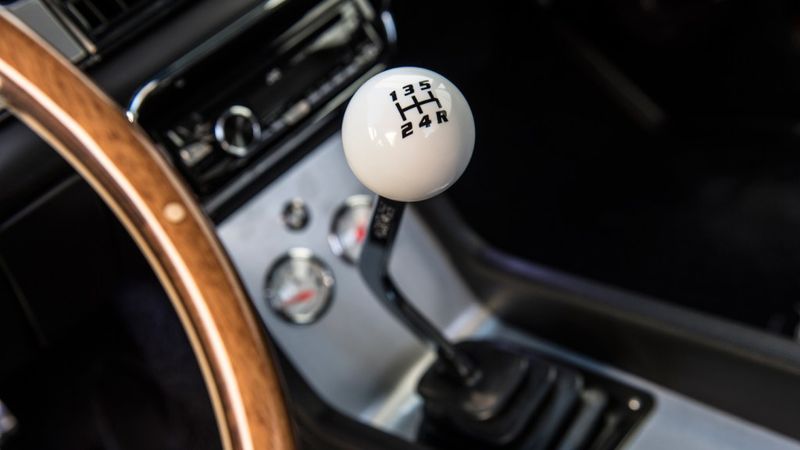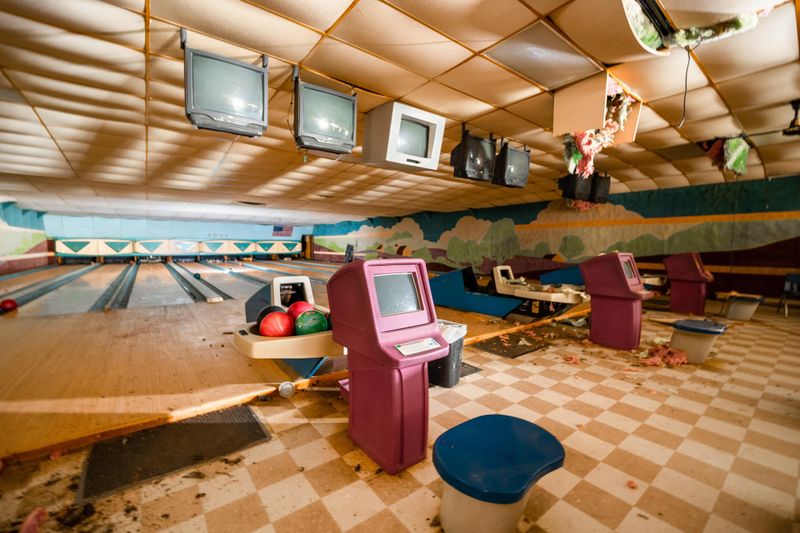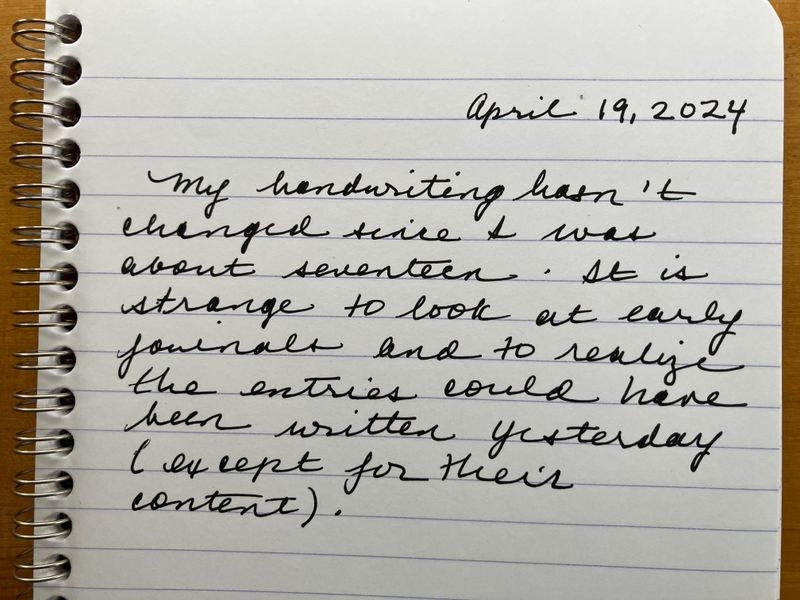In an ever-evolving cultural landscape, some iconic American symbols are fading into obscurity. This article delves into 14 such entities that once defined the American experience. From drive-in theaters to the middle-class dream, these symbols evoke nostalgia while highlighting the relentless march of progress and technology. Explore the stories behind their decline and reflect on the changes shaping today’s America.
1. Drive-In Theaters 🎬🚗
In the golden age of cinema, drive-in theaters were more than just a way to watch movies; they were a cultural phenomenon. Imagine families congregating under the stars, picnicking by their vehicles, and tuning in to film audio through car radios. Today, less than 300 remain. The rise of streaming services and multiplex cinemas contributed to their decline. Once thriving in the 1950s with over 4,000 locations, these theaters now serve as reminders of a bygone era when movie-going was a communal experience. They evoke nostalgia for simpler times and a unique American pastime.
2. Pay Phones ☎️
Once ubiquitous, pay phones were a lifeline in public spaces, offering connectivity in an analog world. In 1999, the U.S. boasted two million payphones. Fast forward, and cellphones have rendered them nearly extinct. Who remembers the anticipation of waiting for a call or the thrill of finding a forgotten coin? Pay phones now exist mainly in memories and rare city corners. They symbolize how technology reshapes our communication habits, leaving behind relics that once held immense practicality and charm. Their disappearance marks the end of an era of public telecommunication.
3. Milkmen & Home Delivery 🥛
Milkmen were once a crucial part of daily life, providing home delivery in an era before supermarkets. Today, only a few small dairy farms maintain this tradition. The advent of refrigeration and grocery stores led to a decline in demand for doorstep deliveries. Although nearly extinct, the milkman evokes nostalgia for a simpler time when community connections were woven into everyday transactions. Now, home delivery is rarer but remains a cherished memory of American life.
4. Diner Culture 🍔☕
Step into a world where bottomless coffee and greasy spoon meals were the norm. Classic diners, with their chrome finishes and neon lights, were once an American staple. A place for socializing, they offered warmth and familiarity. Fast-casual chains now overshadow these icons of mid-20th-century dining. As cultural shifts and economic factors lead to their decline, fewer new generations experience the charm of a late-night diner visit. Diners leave behind a legacy of community and comfort, embodying the spirit of an America that thrived on simplicity and heart.
5. Printed Newspapers 📰
Remember the rustle of paper and the ink-stained fingers from reading the morning news? Printed newspapers were once America’s primary information source. Over 2,000 have shut down since 2005, replaced by the immediacy of digital news and social media. As technology advances, the tactile experience of flipping pages becomes a rarity. This shift marks the end of an era where journalism was consumed slowly, absorbed over breakfast. Although digital media offers convenience, it lacks the nostalgia and depth of a tangible newspaper, once a daily staple in American households.
6. Malls & Department Stores 🛍️
Once bustling with activity, malls and department stores were the heart of suburban life, offering shopping, dining, and socializing under one roof. Giants like Sears, JCPenney, and Macy’s are now either shrinking or bankrupt. E-commerce and lifestyle changes have turned many malls into eerie ghost towns. Where teenagers once gathered, quiet now prevails. The decline of these retail hubs reflects broader changes in consumer behavior and the rise of internet shopping. While online convenience triumphs, the communal experience malls provided is missed by those who remember their heyday.
7. Handwritten Letters ✍️💌
In a world of instant messaging, the art of writing letters by hand has largely faded. Once a treasured means of communication, where emotions were carefully penned, letters now feel like relics. The U.S. Postal Service handles 60% less first-class mail than in 2001, displaced by email and text. While digital messages offer speed, they lack the personal touch of a handwritten note. This shift in communication preferences signifies the broader change in how we express ourselves, and the loss of intimacy once found in the simple act of writing to someone dear.
8. Manual Transmissions 🚗
For car enthusiasts, the manual transmission represents a connection between driver and machine. However, only 1% of new cars in the U.S. feature stick shifts, as automatics dominate the market. The rise of electric vehicles may render manuals obsolete. Driving a stick shift was once a rite of passage, celebrated for the control it offered. Now, as technology advances, fewer people learn this skill. The decline of manual transmissions marks a shift in driving culture, where convenience and efficiency overshadow the once-celebrated mechanics of driving.
9. Bowling Alleys 🎳
Bowling alleys, once vibrant social hubs, are now disappearing. Over half have closed since the 1970s. With their retro charm and community feel, they offered affordable fun for families and friends. Economic factors and changing leisure preferences contribute to their decline. Bowling alleys once thrived as venues for leagues and gatherings, but now struggle to compete with modern entertainment options. The sound of pins striking and balls rolling down polished lanes evokes nostalgia for a time when bowling was a beloved pastime, embodying the spirit of American recreation.
10. Encyclopedias (Like Britannica) 📚
In an age before the internet, encyclopedias were gateways to knowledge. Salesmen went door-to-door, offering families volumes of Britannica. But with Google, such practices vanished. Britannica stopped printing in 2012 after 244 years. The digital realm now hosts what was once confined to pages. Encyclopedias were more than books; they represented an intellectual status and a curiosity for the world. Their decline marks a transformation in how information is accessed, reflecting the speed and breadth of digital searches, yet lacking the tactile engagement of flipping through printed pages.
11. Ash Trees (Due to Emerald Ash Borer) 🌳
Ash trees, once dominant in American forests, face devastation from the emerald ash borer, an invasive beetle. Over 100 million ash trees have already perished, altering landscapes. This tiny beetle has wrought immense environmental impact, pushing a once-common tree toward extinction. The loss of ash trees affects biodiversity, ecosystems, and industries reliant on this wood. As conservationists battle to save remnants of this species, the story of the ash tree stands as a poignant reminder of nature’s fragility and the unintended consequences of global trade on native flora.
12. Fabric Stores & Sewing Culture 🧵
Once a cherished skill, home sewing has dwindled as fast fashion dominates. Fabric stores, like the beloved Joann Fabrics, struggle to survive, filing for bankruptcy in 2024. These stores were havens for creativity and craftsmanship, enabling personal expression through clothing. The rise of ready-made garments and changing consumer habits has lessened the demand for sewing. While once a staple in domestic life, fabric and sewing culture fade, symbolizing shifts in production and consumption patterns. The decline marks a loss of tradition and the joy of hand-making garments.
13. Phone Books 📞📖
Once a fixture in every household, phone books were indispensable for finding contacts and services. The Yellow Pages, with their distinctive hue, provided a connection to local businesses. Today, most go unopened, relics of a pre-digital age. Online directories and search engines offer more convenience. As print directories become obsolete, the phone book’s decline mirrors broader changes in information access and storage. Though no longer practical, they remind us of an era when flipping through pages to find a number was part of everyday life.
14. Cursive Writing ✏️
Cursive writing, once a staple of education, is becoming a lost art. Many schools no longer teach it, and younger generations often can’t read it. This elegant script, used for personal letters and signatures, is fading as typing and digital communication prevail. The decline of cursive reflects changing educational priorities and technological advancements. While practical skills shift, the beauty and personal touch of cursive writing remain treasured by those who learned it. Its loss raises questions about the future of penmanship and the cultural value of handwritten expression.
